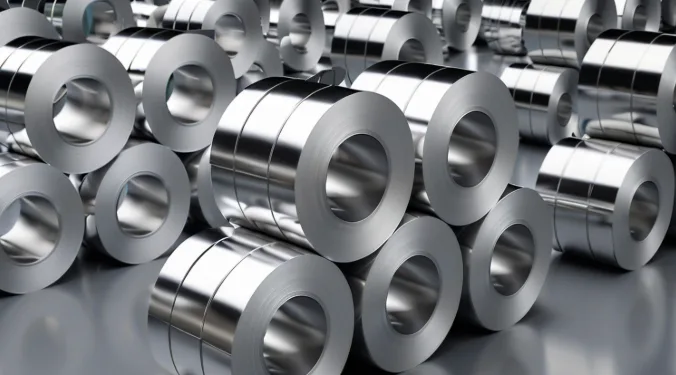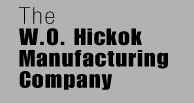Surface Treatment Technology of Metal Materials
Surface treatment technology plays a key role in improving the properties of metal materials. It enhances corrosion resistance, wear resistance, hardness, glossiness, surface uniformity, and flatness. It works by changing the physical or chemical properties of metals. This technology helps extend the service life of metal parts. It also helps industries meet various performance demands. Because of its importance, many researchers now focus on this area.

Overview of Metal Surface Treatment Technology
Surface treatment involves creating a protective layer on metal surfaces. In some cases, it changes the structure of the metal’s surface. Engineers use methods like spraying, electroplating, and anodizing. These treatments improve hardness, corrosion resistance, and insulation or conductivity. Many industries use these methods, including manufacturing, electronics, transportation, and aerospace.

Key Surface Treatment Technologies
Electrochemical Treatment
Anodizing
Anodizing uses an electrochemical process to form an oxide layer on metals. It often applies to aluminum and its alloys. This layer improves insulation and provides protection. It also makes the surface more attractive. Several factors affect the results, such as the type of electrolyte, current, and temperature. Engineers choose the right process based on the material and its purpose.
Electroplating
Electroplating adds a thin layer of metal or alloy to the surface. The process uses electrolysis. It improves appearance and increases corrosion and wear resistance. It also boosts electrical conductivity. Engineers use electroplating in mechanical parts, electronics, and aerospace components. It helps extend the life and performance of these parts.

Heat Treatment Technologies
Heat treatment changes the internal structure of metals. This improves the metal’s surface performance. It increases hardness, wear resistance, and thermal stability.

Quenching
Quenching heats the metal to a high temperature. Then, it cools the metal quickly. This process changes the metal’s internal structure. It makes the surface harder and more resistant to fatigue. It is especially useful for mechanical parts that face heavy loads.

Laser Surface Hardening
Laser hardening uses a laser to heat the surface of the metal above its melting point. The surface then cools rapidly. This process increases surface hardness. It does not affect the rest of the material. Engineers like this method because it offers strong local reinforcement and creates little distortion.
Physical Surface Treatment
Physical treatment methods use mechanical or physical forces to improve surface performance. Common techniques include shot peening, spraying, and polishing. These methods increase surface roughness and fatigue strength. They also improve resistance to wear caused by the environment.
Advantages of Surface Treatment Technology
Improved Corrosion Resistance
The surface treatment creates a barrier layer on the metal. This layer blocks contact with corrosive elements. As a result, the metal resists oxidation and damage. This makes parts last longer and reduces repair costs.
Enhanced Wear Resistance
Many industrial machines expose metal parts to friction, fast motion, and high temperatures. Surface treatments like laser hardening and coating help prevent wear. They harden the surface and improve its structure. This reduces failure and extends part of life.
Industrial Applications of Metal Surface Treatment
Surface treatments help many industries. They make products perform better, last longer, and look better.
Automotive Industry
Automakers use surface treatments to protect parts like the chassis and body. They apply spraying and electroplating to fight corrosion. They also treat engine and drivetrain parts to resist wear. Laser hardening and coatings improve strength. Surface finishes also improve the car’s appearance and market value.
Electronics Industry
Electronics need special surface treatments. These help parts stay insulated, conduct electricity, resist corrosion, and release heat. Electroplating improves conductivity. Thermal spraying helps with heat control. These steps improve product performance and reliability.
Machinery Manufacturing
Machinery makers treat surfaces to increase hardness and prevent wear. They use chemical oxidation, laser hardening, and spraying. These methods also help repair part size and shape. This ensures better machine performance.
Aerospace Industry
Aerospace parts face extreme heat, pressure, and corrosion. Engineers use surface treatments like high-temperature coatings, electroplating, and light protective layers. These improve resistance to heat and oxidation. They also reduce weight and maintain strength under stress.
Light Industry
Light industries like furniture and packaging use surface treatments to improve product looks and performance. Anodizing and electroplating increase beauty, strength, and corrosion resistance. These industries are now moving toward greener, more sustainable surface treatments.
Conclusion
Surface treatment is a powerful tool for improving metal materials. It increases hardness, prevents corrosion, and reduces wear. These benefits help products last longer and work better in different industries. As factories become smarter and greener, surface treatment technologies continue to improve. They are becoming more automatic, more versatile, and more eco-friendly. This helps expand metal use and drive innovation in manufacturing.
